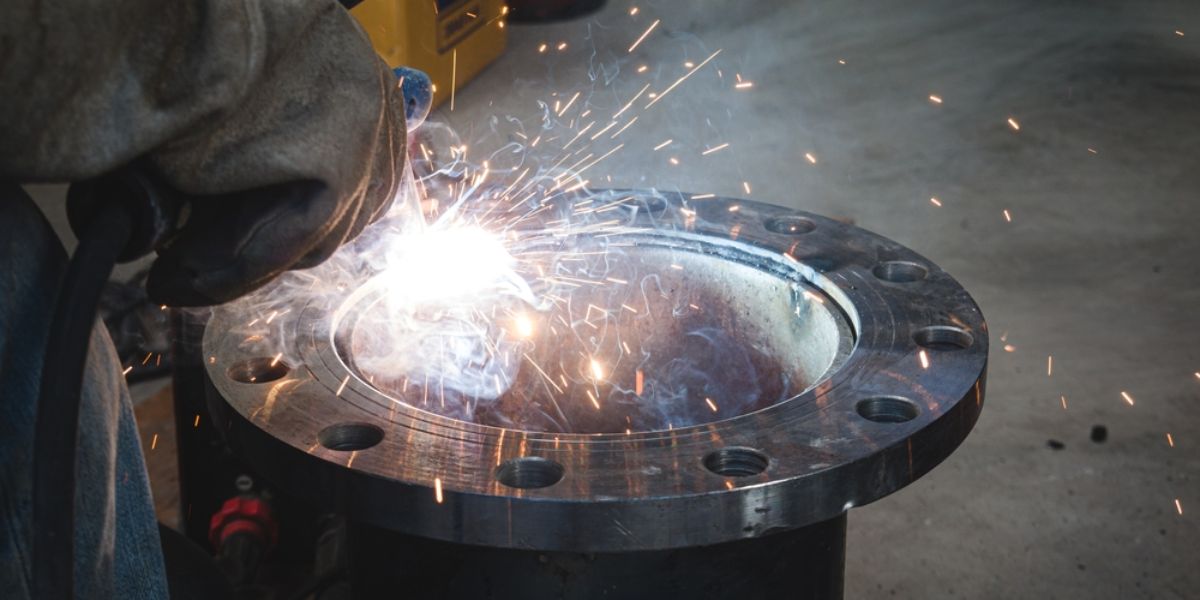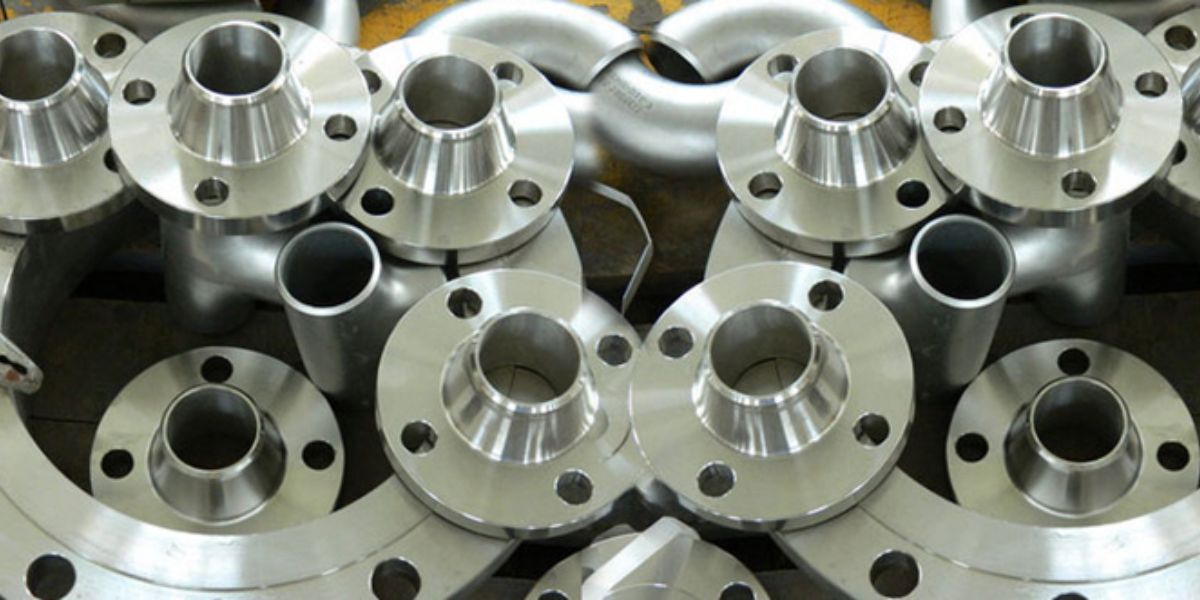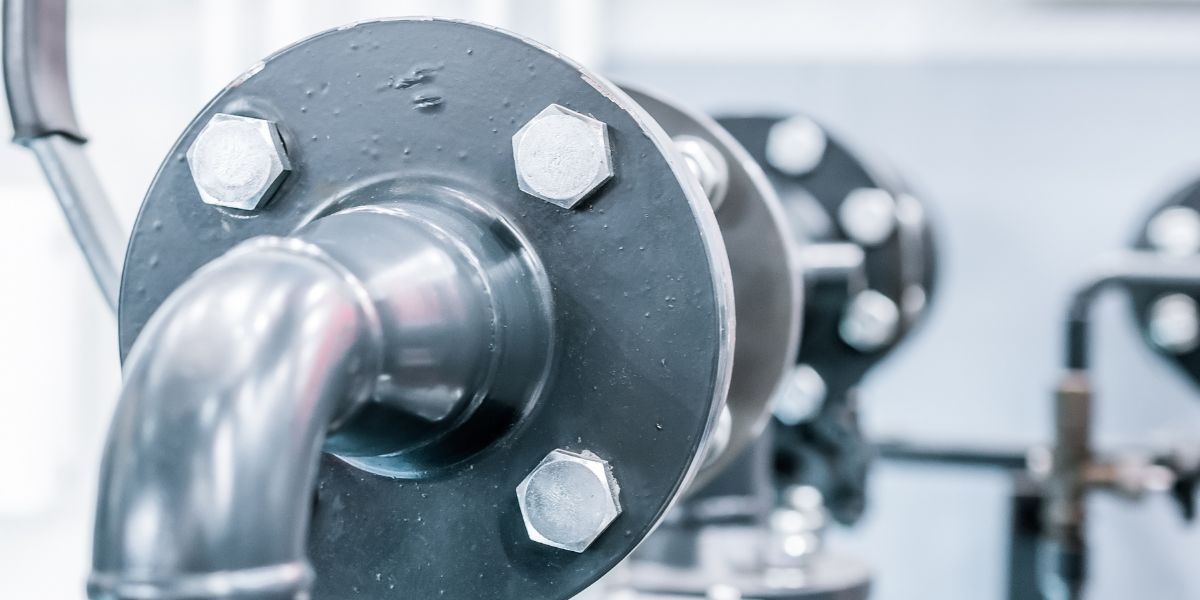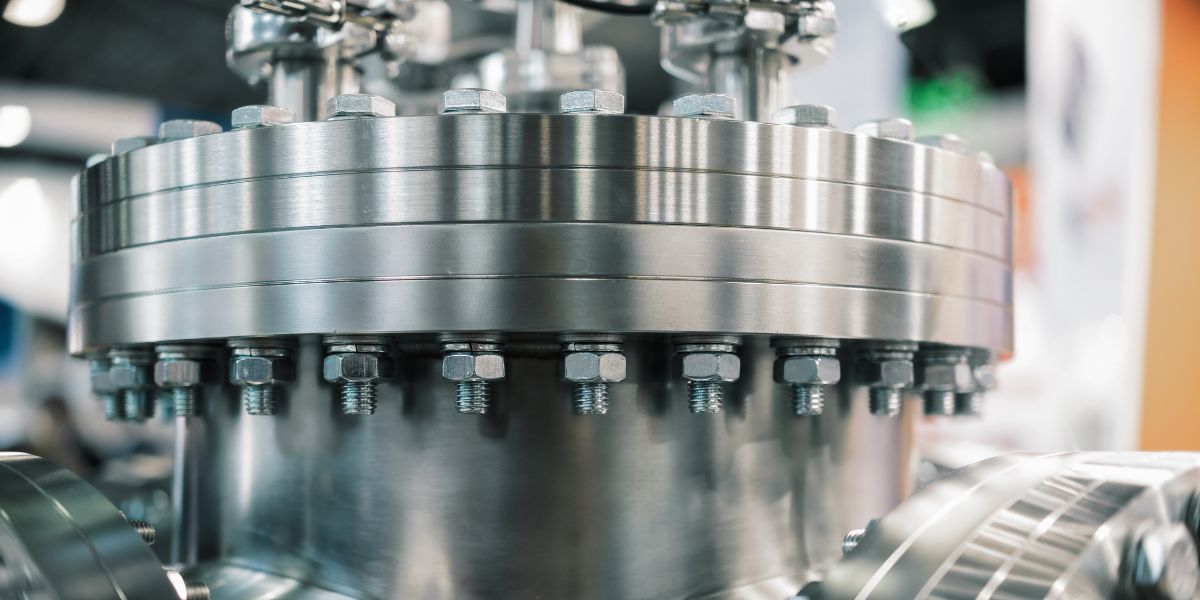A Complete Guide To Flanges Manufacturing Process
Creating a strong and efficient piping system needs powerful flanges. The flanges manufacturing process is key to how well these components perform. It also affects how long they last. Flanges are found in many places, such as construction sites and oil and gas plants. They are also used in petrochemical plants and water treatment facilities.
Anyone in these fields needs to know how flanges are made. This guide explains the manufacturing process of flanges and what affects their quality. Let’s get started and see how these important parts are created!
The Flanges Manufacturing Process
The production process of flanges involves several steps. This multi-stage procedure helps create strong and reliable components for many industrial uses. Let’s check out the important steps in this process.
Material Selection
Choosing the right material is the first important step in making flanges. The material affects how strong and durable the flange is. It also determines if the flange is suitable for certain environments. Here are the top materials for producing flanges.
Carbon Steel
This steel is strong. It is also affordable. Many people choose it.
Stainless Steel
This type does not rust. It is good for places where rust is a problem.
Alloy Steel
This steel is special. It works well in high heat. It is also good for high pressure.
The chosen material needs to meet the requirements for how the flange will be used. This ensures it can handle stress, temperature changes, and chemicals.
Machining
Machining is the process of shaping raw materials into the exact size and shape needed for flanges. This stage involves several precision techniques.
Turning
Shapes the exterior of the flange using a lathe.
Milling
Creates precise cuts and grooves necessary for fitting.
Drilling
Makes the holes required for bolting and connections.
Cutting
Ensures the flange has the correct dimensions and surface finish.
Welding And Assembly
When flanges are joined with other parts, welding is key. Skilled welders use methods like TIG and MIG to join pieces smoothly. Good welding makes joints strong so that they won’t crack or leak. This step also adds bolts, gaskets, and other parts to the flange. This ensures a secure connection that meets industry standards.
Quality Assurance
Quality checks are the final step in making flanges. It’s a key part of the process. This step includes thorough testing and checking to make sure each flange meets the necessary standards and works properly. Key quality control measures include.
Dimensional Checks
This step makes sure all sizes and shapes are correct.
Pressure Testing
This test checks if the flange can handle high pressures without changing shape.
Material Testing
This test checks that the material’s composition and strength are right. It makes sure they meet the required standards.
Surface Finish Inspection
This check looks for cracks, flaws, or rough spots. It makes sure they won’t affect the flange’s performance.
These tests help find any problems before the flanges are sent to customers. This way, only the highest-quality products make it to the market.

Types Of Flanges Production Methods
Flanges come in different types, and the production method impacts their quality and use. Here are three common methods: cast, cut, and forged flanges.
Cast Flange Production Method
In the cast flange method, hot liquid metal is poured into a mold to create the flange shape. This method is good for making complex shapes and large quantities. The metal, usually cast iron or steel, gets hot and melts. Then, it’s poured into a mold. After it cools down, the mold comes off. This process gives a smooth finish, but there can be flaws inside, so quality checks are important. Cast flanges are strong and affordable, making them common in plumbing and industry.
Cut Flange Production Method
The cut flange method is about cutting the flange shape from a metal plate. Tools like plasma or laser cutters are often used. Steel or stainless steel is the usual choice. Once cut, the edges are smoothed for a good fit. This method is fast and works well for custom sizes or small orders. Cut flanges are popular because they’re quick to make and cost less.
Forged Flange Production Method
Forged flanges are made by heating metal and pressing it into shape. This makes them very strong, perfect for high-pressure situations. The process makes the metal tougher, so it’s less likely to break. They can be more expensive, but forged flanges are the best choice for tough jobs like oil and gas pipelines.
Here is a chart for you to compare the three production methods:
| Feature | Cast Flange | Cut Flange | Forged Flange |
|---|---|---|---|
| Production Process | Melted material poured into a mold | The flange is cut from a larger metal plate | Metal is heated and shaped using pressure or force |
| Material Used | Typically, cast iron or steel | Steel or stainless steel | Usually, high-grade steel or alloys |
| Strength | Moderate strength, prone to internal defects | Good strength, but lower than forged flanges | High strength, ideal for high-pressure applications |
| Surface Finish | Smooth finish, depending on the mold quality | Requires additional finishing to smooth the edges | Very smooth and precise due to pressure shaping |
| Flexibility in Design | Suitable for complex shapes and detailed designs | Flexible, allows for custom sizes and shapes | Limited flexibility due to the high-pressure process |
| Cost | Generally lower cost, good for large production | Cost-effective, especially for smaller quantities | Higher cost due to process and material quality |
| Application | Plumbing, industrial uses, low to moderate pressure | Custom designs, low-volume orders | Oil & gas, high-pressure pipelines, critical uses |
| Durability | Less durable under extreme stress or pressure | Good for standard use but not ideal for high-stress | Highly durable, best for tough and demanding conditions |
| Production Speed | Faster for large batches | Fast for small batches and custom orders | Slower due to precise forging and heat treatment |
Mastering The Flanges Manufacturing Process
Understanding the flanges manufacturing process is important for anyone in industries needing efficient piping systems. Each step is essential for making a reliable flange.
When choosing flanges, always focus on quality and compatibility to ensure they work well and are safe for your needs. Working with a trusted flanges manufacturer in India can greatly help you succeed in your projects.
Ready to invest in precision parts that meet and even exceed industry standards? Partner with Bhansali Techno Components, which is among the leading precision components manufacturers in the country, to guarantee reliability. This will make sure your piping systems are strong and last long.





